Pass Your Cisco CCIE Data Center Certification Easy!
100% Real Cisco CCIE Data Center Certification Exams Questions & Answers, Accurate & Verified By IT Experts
Instant Download, Free Fast Updates, 99.6% Pass Rate.

Implementing and Operating Cisco Data Center Core Technologies (DCCOR)
Includes 525 Questions & Answers
$69.99
CCIE Data Center Product Reviews
I passed
"I registered with ExamCollection months before my upcoming CCIE Data Center exam 350-080 because I was really worried about it. I guess this was the best decision I made since I feel that I passed the exam only thanks to this VCE dump. It is very helpful overall, especially when it comes to NX-OS security and high-availability features management. I'm very happy with the results.
Peter P."
I truly recommend it
"I've been using free vce dumps for a long time but for my latest exam, 350-080, I wanted more reassurance, so signing up for Examcollection's premium vce service seemed like a good idea. CCIE DC is a challenging exam and I really needed to pass it. Premium VCE dumps include only real exam questions, and this was the case for me. I simply memorized the answers and passed. There were a lot of Cisco Unified computing and data center virtualization questions if you're wondering. Please feel free to contact me if you need help.
Ahmed J."
Great and easy
"I passed CCIE DC exam with Examcollection vce file. It was very easy since it gives you all the answers, including for those questions on NX-OS issues (a lot of them), Cisco Data center virtualization and unified computing. I'm amazed at how easy the whole CCIE exam experience was!
Ashton X."
Thank you!!!!!
"I passed!!! And now I'm totally in love with Examcollection since this website made my exam experience so easy!! I went through the 350-080 vce file a few times during the week and felt like I was ready. VCE makes things simple, and Examcollection guarantees that the questions are real - isn't that amazing? I simply memorized everything I needed and I passed. Beware that there are a lot of questions on SAN connectivity in a Cisco UCS environment. Good luck!
Ana B."
Real questions
"I've been hearing raving review about ExamCollection for a long time, but I only got to try it recently with my 350-080 exam - and I wish I did earlier. This is a great way to learn - and to pass your exams easily. I got through my CCIE DC exam with no mess and stress as the questions were fully consistent. Very useful if you don't have enough experience with Cisco data center equipment.
Josh F."
Download Free CCIE Data Center Practice Test Questions VCE Files
| Exam | Title | Files |
|---|---|---|
Exam 350-601 |
Title Implementing and Operating Cisco Data Center Core Technologies (DCCOR) |
Files 2 |
Cisco CCIE Data Center Certification Exam Dumps & Practice Test Questions
Prepare with top-notch Cisco CCIE Data Center certification practice test questions and answers, vce exam dumps, study guide, video training course from ExamCollection. All Cisco CCIE Data Center certification exam dumps & practice test questions and answers are uploaded by users who have passed the exam themselves and formatted them into vce file format.
22. Protocol Independent Multicast PIM Lab
Let's continue. So we have some commands to dothe verification and debug as well. Once you build the multicast tree, then we can go and check the IPM route. We have already discussed aboutsource coma group entry. We also have the upstream and downstream interfaces if you have the "Find a Star from a Gentry" as well. Suppose if you go and run through IPM in dense mode, you'll see the output like this. So here you can see that you have the source, and then you have the multicast group address, the uptime, the incoming interface, the outgoing interface, and who is your RPF reverse path forwarding neighbor. And here you can see the interfaces. Okay, so there is a flag as well. Assume that if no flag is mentioned, this is gentleman's mode. And if you go and check the flag, let me show you the IPM route. And here, you can see the flag is showing SC. That is in sparse mode. Okay? And you can see a star comma entry for the renderable point. So if you are running the multicast in sparse mode, then you will see output like tput like So there are some notes as well. You can go and check the upstream and downstream interfaces. Notice that the SG pairing is labelled as a star-comma-g entry. In this pass mode, we can have multiple-source sharing with the same multicast fee. The roundup point is ten, 1110. The flag reads SC. This indicates that the route is in pass mode. Then you can check to see who is the outgoing interface and who is the incoming interface. So it's just like dense mode. The incoming interfaces indicate the upstream, meaning where is your multicast source? The downstream interface is shown on the outgoing interface. That where is your receivers. All right, so let me quickly log into the lab, the same lab we have, and I'll run through a few of the important commands just to know that the commands are supported and what type of commands we can run in the P mode. Let me go and start this lab again. I'll go to Room Two. We have done some testing. I'll proceed to R 3 and then inside R 3. First of all, we should go and enable IP multi-cost routing. That's the first command. Then I can go to the interface, and we can go and run IP PIM. And here you can see the mode. So we have dense mode. We have a sparse mode, sparse dance mode. Here you can see sparse mode, sparse mode, and dense mode. So let me go and use this dance mode. When we run the dance mode, you can see that Dr has been replaced by the neighbor. So I can go and check showIP, PIM neighbors, and show IP. Actually, this command is quite useful. Show IP, neighbor. It will show whoever is your neighbor, and you can go and check the interfaces as well. So you can now see the Dr and Dr priorities. Next. What we can do that. Suppose you want to go and check the RP, so we can go and sign that RP address renderable point.So I can go to the IP PM address and the RP address; what is that address? 192-1681 one. We can offer the ACL as well. I'll show you the ACL formation in this command. For example, grant ACL ten and then permit 22671 one, etc. Then I can assign it to the IPPMRP address (19216-8110) and then to 100. Okay, so these are the commands that we can go and run. We can go back and see what commands we used in relation to PIM and RP. Okay, so we have enabled the payment dense mode, and then we have enabled the RP as well. If you want to check your IPM route, you can go and check like this. All right, so you can see that all the addresses that we have given for that have a star comma, and you can see the flag as well. Now the flag is telling us that we are running SJC. So stand for obviously sparse. Then there's the flag J and C J, which stand for "join the Sputnik." You have a small S as well. You have a big S as well. C is going to be connected; show IP; and the neighbours should show IP interfaces. We know that we have one interface here. So you can see that PIM is enabled, pinversion is two, and everything related to PIM is enabled. I can go ahead and make this dense mode.Remember, whenever we are doing PIM, say IP PIM in dense mode, okay. So there is no RP selection at that time, but for the time being, you will go and provide the RP address. So here you can see that you are seeing all this randomness, and that's the reason we are seeing this. So what I'll do here is go quickly and I will remove this statement and this statement, and again I will go to interface F zero zero, IPP indents mode, and interface zero. Let me see what interface we have. Interface is one IPP-mandated dance mode. For dense mode, nothing is required. Simply put, if you run that many commands, that is sufficient for me to check show IP M route. And because this is in dense mode, you can see that I should clear this clear IP. You can see that VRF is the M. We don't have VRF related to that. I just wanted to clear these multicars in the tree. All right, so I have cleared the entries, and now I can see that we have the DC day for the 10th because we have enabled this feature on router two as well. And if you go and check, we are getting the feeds from router 2. So if I go and check if I have some configuration related to IGMP and all, you can see that he is willing to join the IGMP group. We have some access protection as well. And those entries are appearing here, but the ideal concept is that we have the D comma C entry, and now if I assign the RP, so IPP pimrpad21681, and then check the camera, you can see the flag will change to spas. So it's changing from dens to sparse mode. Alright, so let's stop here.
23. FHRP Starts
In 1D, we have to learn and understand the first hop redundancy protocol. although there are three: HSRP, VRP, and GLBP. But in this section we just have to knowlearn that how we can go and apply FHRP. And in the upcoming sections, I planned to go and learn the theory of HSRP, then the lab theory of VRP, and then the lab. The next four videos you will learn understand thatwhat's the usability of HRP why we are usingand then how you can go and utilise usethis or various devices either cisco router switches.
24. FHRP HSRP Theory
In three, four C, we have to learn aboutHRP and we have to understand the theory andthen we have to perform the laptop as well. The hot standby redundancy protocol (HSRP) and then VRP are related to the first off redundancy protocol. Alright? So let's start with Chesapea. First of all, why do we need the first hop redundancy protocol? We need a first-hop redundancy protocol because, as you can see in this diagram, I can go and reach the switch, and then I can go out or do anything, right? The problem here is that, suppose this link goes down, then what can we do? Obviously, all the devices in the network will lose control. Why? Because you have only one path, you have only one dependency. So you don't have triangles in a network, you don't have loops in a network, and you don't have redundancy. Suppose if you have this type of connection and then ifthese devices can work as an active or a standby orprimary or second if this link is down still you havethe way that you can go and reach outside, correct? So that's actually the concept, or that's actually the need, behind creating the first hub redundancy protocol. Now, in doing so, there is one other problem. Suppose you want to use this path via the switch, so what will be the gateway address to the host? Because generally we use tohardcode the gateway address. So either the switch physical interface, this interface, or maybe this interface will be the gateway address. Assume that if you turn off this end host machine, they won't be able to change the gateway dynamically. So rather than what is the strategy here is thatyou should use some virtual gateway or you should havesome virtual router in between these physical devices following inthe same network and that virtual IP we are goingto give as a gateway address to the client. So either the first or maybe a second switch will go down. There is no impact on the network. So, we have the label of redundancy. Now we have multiple protocols. We are going to discuss the hot standby protocol. You can see that you have switched one to work as an active list and one to work as a standby list. The listening router is another device. As for the highest priority, there is priority. So for example, 200 versus ten or higher is better. As for the highest priority, one of the devices will work as an active device, and the rest of them will work as standby devices. As a group, we can go ahead and put in 16 devices. So here you can see that you have priority from zero to 255, and the default is 100. Higher is better. So what does it mean? It means that even though you have the virtual IP and assume this priority is 200, and even though this priority is reading 100 and 150, let it be 100, so traffic will flow in this direction. Now, what will be the fallback? If you have land, the interface will go down. Obviously, they will do some sort of reelection with this device because one is unavailable. So you have one more part in this direction, but there is one question: what will happen if you run interface? Okay? So there may be a chance that your switch will go and reboot, your disc interface will go down, your router interface will go down, and what will happen with the active traffic, the flow of the traffic, how it will converge, how there will be fault tolerance, et cetera? Okay, so we can discuss those one by one. First of all, when we have the two routers ina group or two switch in a group we cango and create or we can do the HSRP configurationthen they will go and elect who is active andwho is the standby and the message that they aregoing to send across in between devices are say initial,learn, listening, speak, stand by and active. So in an active estate, we have these devices that are actively meaning they will form the HSRP neighbour relationship; you can't tell that neighbour relationship, but they will form the HSRP between them, with one being the HSRP active and one being the standby. So here you can see that the active state interface in an activist state is a live gateway that will forward traffic sent to the virtual IP addresses. Hosts will use the virtual IP as their gateway. The active router will respond to the ARP request for the virtual IP and the virtual Mac. So far, we've talked about virtual IP, but there's another concept to consider: virtual Mac. We now have a speak standby and active for the HSRP hello packet exchange. Okay? All right, so let's quickly discuss the virtual Mac, and once you go and do the basic configuration, I'll show you that virtual Mac in the next slide. So you can go to the interface, or you can go to the VLAN interface, and use this command standby. You can define the priority; you can go and define the virtual IP. We will see all these things in the lab. Then here you can see that this is the diagram, although our lab diagram is different. I'll show you the lab diagram. So these things I'm going to configure in the lab instead of interfaces, and I'm going to use any Ethernet interface or any physical interface. so you can go and do the configuration. Now, an important thing here is that you can see that the ARP response will come from the virtual Mac. So for this particular virtual Mac, what is the format? So you can see the format 7-AC followed by the group number; this xx is in hex and will represent the group number. So suppose if I go and give the HSRP group a value of ten. If you convert ten into hexadecimal, it will come up as zero eight. So that's why the final Mac address is seven eight.We have this if you want; we can do the Mac address manual configuration as well. If you want, we can do the authentication configuration as well. Then we have the concept of print. So what does print mean by print?Suppose this is active and this is a standby, and it will go and reboot so this will become active, but suppose it will come back online. So if you enable the print feature, that means when the active comes up, the system will detect that he has the highest priority. So for example, he has a priority of 200; he has a priority of 100, so this guy has the highest priority. That means he'll be active again, and he'll be on standby. If we print and enable the permission, active will be active and standby will be standby. After the failure, standby becomes active, and he will be inactive. So now that we have the command, we can go and use a standby print. If you want, you can disable the print as well. Apart from that, we know that we have the timers for HSRP by default, which will be three seconds and 10 seconds, 3 seconds of a hello timer. Ten seconds of deadtime means you are sending three packets. Fourth packet, you are not getting a response. You'll make sure your HSRP group partner is not active. Maybe you have some issue, maybe you have a split-brain issue, et cetera. They are using the multicast status 24002 and the UDP port 1984 for this particular hello exchange. If you want, we can give the time in milliseconds as well. So, if you want a more aggressive timer or a faster convergence, you can change the all timer. We have a few of the verification commands that we can go and check to show a standby. We can go and check the standby briefs. All right, so we have a few more slides related to failure as well. So let's finish these slides, and since we have to do the lab in the next session, I'll go and discuss more and more in that. Now here you can see that tracking—for example, this link—is down. Suppose his priority is 150 and this guy's priority is 130, so basically he is active and he is a standby. Now what you can do is track the interface that is going to be 223 and then you can decrement the priority, for example, to 60. So if you decrement the priority, if this link is down, what will happen? This priority will become 90, and this is what one is: 30; 130 So that means the traffic will go in this direction, and that's the use of the live tracking, or that's the use of the tracking, that you can track the interface and decrease the priority. And the standoff will become active, and the traffic will go in that direction. All right, so these are the points you have. At this point in time, we can think of ways to check this link. Obviously, this link is tracked. If this link is down automatically, it will go in this direction. If this device goes, obviously it will go in this direction. If this is down, you should do the track and then decrement some sort of priority. As a result, this traffic will flow in this direction. All right, so these are the concepts related to HSRP. Let's come to a halt here and complete the Lap task.
25. HSRP Lab
Alright, so let's do the lab. I have created this topology in GNS 3. Here you can see that I have router two, router three, and then one router. I have changed the display, meaning I have changed the look of these devices. It's a router. It's showing you as a cloud. Then I have these routers four and five, but it looks like they are the host or end machines. I have assigned the IP addresses as per this schema: 1-10. This is obviously the land segment that you can see behind R 2 and behind R 3. And then I have a static route going or reachingtowards R one from R two and R three. So let's do and enable the HSRP over R two and R three. Obviously I'm going to use f zero zero for these interfaces, and then I'll go and assign the default gateway for R four and R five. So let's do this. If I am inside R5, let me check what gateway I have given to these devices. This IP default gateway is ten one one twothat's not correct, means I should change this. I will go and change this because I want to use the default gateway as the virtual IP. So, before we do anything else with these devices, let's go ahead and configure the HSRP hot standby redundancy protocol, so we can go to fzero zero and then use the keyword "standby" and you can see that you have options for authentication delay, IP, Mac print, priority redirect, timerstrack, and BIA burnt into address and version. All right, so what we want, we want togive the group and then I want to givethe virtual IP say for example ten 11250 I don't want to make this secondary, so leave it. So now I have assigned the virtual IP here thenwhat I will do that I'll go and give thepriority as well because this R two I want tomake as the active at the master you can thinkand the other one will be the backup or standby. So what configuration have we have done?We have done only two configurations: the standby IP and the priority IP. I can go to R-3 and see that they are attempting to transition from peak standby to standby active, and if I check, it displays a standby brief, so you don't know who is the standby but the state is active. Great. So let's go and do a configuration to R three. We have R two and R three connected by the line interface. I can go and do the debug as well, so we can see some of the packets. I can go to the first Ethernet interface and prioritise 100. Now you can see that the state disabled its redundancy. This is the group disable init, and now you can see the other messages. I'll pause here so you can have a look. You need to listen passively to the group. Because it has a lower priority, this becomes the backup, and it then tells who is active, what the VIP IP is, and what the router ID is. Then you can see all these messages. Now it is sending the hello packet every 3 seconds. So since the debug is on this device, I'llgo back here and we can check the standby. If I can get the details So what I can do is enter here, and you can see what the virtual IP or C Mac is that we discussed because we used a group ten. So six equals zero eight. The hello and timer are by default training. The active router is local. If you go and check the brief, then you cansee who is the active, who is the standby. So it's very easy to actually configure what we want at this point in time. I want to go to these devices, and I want to use the IP default gateway as 10 11250. So these devices should have the proper gateway. All right. Now what we can do that, we can go and test it. So I can go and pin it to the right one. R has one loop-back interface. What does it mean if I go to Room Two? And if I can say for example ping one one one,let's see if it is reachable, otherwise I'll go and createa static route from R two to R it is reLet me look over the routing section in R 2. I can't say that I have any static routes. So I'll do one thing: I'll go and create the static default route for the device 201 1 2 And if I can go here to R 3, let me undebug all the run-section IP routes if we have any routing no. And since we have this 201, I can go ahead and create IP route zero zero and then the gateway 20112. Then, if I ping each one individually, if I can source as we have, So now if I go to this guy here, who is one of the clients, I should give him the R instead of the R four.So let's say this is client number four, and if I ping one one, that's the outside, let's see if I can ping. And if I do the trace route for just one, let's see how it is going.So first, it is going to the gateway that I have. This is the router from where I'm going, and then I'm going outside. Correct. So what we can do here is that we can do the ping, and subsequently we can shut down one of the interfaces. So what I'm going to do, I'm going toshut down the R two F zero zero interface. So I'll go to R-2, interface zero, and shut it down. So in that case the HSRP will go changeand you can see stand by brief both sides. You can see now it is unknown, but if you go toR three and if you go check shows stand by brief. So he's the active, all these priorities less. Now, we haven't done the print at this point in time. So if I go here and interface zero, and you can see that this is still active, albeit with a lower priority, and this guy here is the full output, Let me check this. Because we haven't enabled the print command, it's still in speak mode. So it's still in standby, as you can see, although the priority is high. So for that reason, what we can do is go to zero zero and stand by, or we can go and enable the print command. I don't want to use delay and other things, but if I do the print here, you can see the selection has been changed. I should go and do the print here as well. So I can go to R three, and I can enable printing here as well. Now, if you go and check the output, he's active because of the print command. Similarly, if you want to go and check this interface up and down so that we can also track in this current scenario. So what does it mean? My priority is 200, and this guy has a priority of 100. I will determine the priority by adding 10. So what I can do is go to interface zero and strand by ten. We can track the serial interface zero, and then we can decrement the priority by, for example, one 10.Right? Now, if I make this interface unavailable so you can see that it is no longer reachable, the traffic should redirect and proceed. So let's see what happened, actually. So let's stand by our brief. Now, this is still showing as active, but if I go here to R 3, if you go and check my brief, what's the priority? One 10. And this guy, what's the priority? 90. So that means the traffic should go, and here you can see that this link is down. So that means now this is the active one. So the traffic should go from here, and then it should go and reach her, although we have a different IP for the subnet, it's okay.But if you go ahead and let me stop the pink now, you can see how it will be attempting to restore its fixed gateway. Let me see what the gateway is; it has shown "default," which is true. and show an IP interface. So what should be the order here? When I'm doing the trade route, it should try to check one threemeans. So it should go by this, but the problem is to announce the network at the bottom, so if you go and check from R three, I should go and ping one one and source let me see what source it has been announced from. I want to show you here that this guy, who is the router number one, has become active, although it's still showing as inactive. It's prior to becoming 90, and this guy is tracking the interface, so he is the active one. Now it's just showing a standby. Let's see the configuration standby; we'll do the troubleshooting, so what is the configuration, and let's see interface 0 of 0. We haven't done much configuration on our three, so that's probably why it's not showing you the result, so even though we're seeing the troubleshooting, we can go here and give the command stand by ten, and your priority will be 100 by default, we know that, and then stand by ten to the print if the speed is changing, and then you can go and check now that you can see something is happening here. If I go and do the first route, you can see that it is going by that path. Right? So if I do the ping now, it's happening, and if I go and do the interface no shutdown because print is enabled, this link will become active and we'll get the message and do standby brief, and now if I do the shutdown, it was down for some time and is unreachable now, but now it's going from the other side, so now it's in a speak state, and if you go and check the standby configuration, this is active all right, so There are a few configurations as well, like if you want to change the timers or if you want to use authentication, but this is the main thing that we used to do or perform with respect to HSRP.
26. VRRP Theory
Next we have VRP. VRP is the virtual router redundancy protocol, which is very similar to Cisco HSRP. The difference is that this is the industry standard, and the HSRP Cisco standard is almost the same. But there are a few differences. We will see what differences they have. First of all, you can see their timer is at 1 second. Then you can see that the Mac address is 224 00:18. The VRP print is on. By default, VRP cannot directly track interfaces. It can track an object that is tied to an interface. Okay, so you can see that there are some differences. And again, we are in the existing van. If you go to SDWAN, specifically Cisco SDWAN, we don't have HSRP, but we can run VRP. And there we have the customised VRP that I explained in my SDWAN course that you can refer to as VRP in the existing van or VRP in the SDWAN; both are very different. Now, this VRP is very much like HSRP. It is working as a gateway. So we can have the virtual IP. We can have the priority, and a higher priority is better. We can go and see the timers,we can go and enable the authentication. We have the reserve Mac address, which is different. Here we have a different Mac address. We have four times five e dot one X here. Okay, and here are the names of the active primary and standby: master, and the backup that will be verified in the lab section. We can use no VRPprint because it will be enabled by default. If you want you can disable, we can goand check VRP very much same type of outputwill get that you have in HSRP. Now, we have one very interesting topic here: VRP and HSRP can do the load balancing. Because for load balancing we have Cisco proprietary protocol thatis Glvp, that is not in this particular course, butwe have discussed earlier in section maybe one or sectiontwo that how the Glvp is working. Due to some Glvp, Glvp is not as popular as VRP or HSRP. They have some reason behind that. They have some internal reason. The active forwarder or the standby's ability to do load balancing in failure scenarios, etcetera, means they have some internal issues with GLVP You'll find that most of the places use either HSRP or VRP. Assume you want to perform load balancing. You know that one of the routers is active and one is in standby. And suppose you have thousands of clients or endpoints and you want 500 to go through one router, 500 to go through another 100, 500 to go through another router, how can we do that? So, let me try to draw it for you, and you can see the configuration—that's the manual load balancing configuration. So what I'm telling you is, let's say I have these two devices, and they are part of, for example, VRP or maybe HSRP. Now we know that one is active and one is standby, or one is the master and then backup in the case of HSRP and VRP. And suppose you have 1000 users, 1000 clients, then obviously, as per the standard configuration, thousands of devices will go through one gateway and be active gateways. As a result, there is no load balancing. Rather, what we can do is create groups. So as you can see, inside VLAN, we are creating one group, and then we are creating another group. So one group is having higherpriority, other group having lower priority. Obviously, the whip is different, and what you like is different. Likewise that means that as a whole this will bethe Active for 500 user and this will be theActive for 500 users and as a whole they willwork as an Active active load balancer. Okay? Now once you have this configuration and you want to check it and verify it, you can go and check "Show standby." So in that output, what you will find is that you will go and get the output related to both groups. As you can see, the first and second devices are in active standby, standby active. Now, this is not the limitation but actuallythis is the feature that we can dothe manual load balancing across the routers. All right, so let's stop here. We'll do the VRP lab that we have done like HSRP, and then we'll check this load-balancing methodology as well.
ExamCollection provides the complete prep materials in vce files format which include Cisco CCIE Data Center certification exam dumps, practice test questions and answers, video training course and study guide which help the exam candidates to pass the exams quickly. Fast updates to Cisco CCIE Data Center certification exam dumps, practice test questions and accurate answers vce verified by industry experts are taken from the latest pool of questions.
Cisco CCIE Data Center Video Courses
Top Cisco Certification Exams
- 200-301
- 350-401
- 300-410
- 350-701
- 350-601
- 300-715
- 300-420
- 350-801
- 350-501
- 200-201
- 200-901
- 300-710
- 300-415
- 300-620
- 350-901
- 300-425
- 300-430
- 400-007
- 820-605
- 300-730
- 500-220
- 700-750
- 300-810
- 700-250
- 300-815
- 350-201
- 300-435
- 300-820
- 300-610
- 300-510
- 700-150
- 300-615
- 500-470
- 300-630
- 700-805
- 300-720
- 500-560
- 300-515
- 500-442
- 100-490
- 300-215
- 300-535
- 300-910
- 500-444
- 300-735
- 500-052
- 700-240
- 300-725
- 300-835
- 300-635
- 010-151
- 500-443
- 500-490
- 700-245
Site Search:









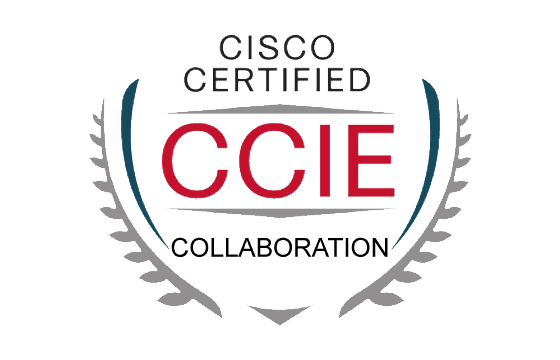
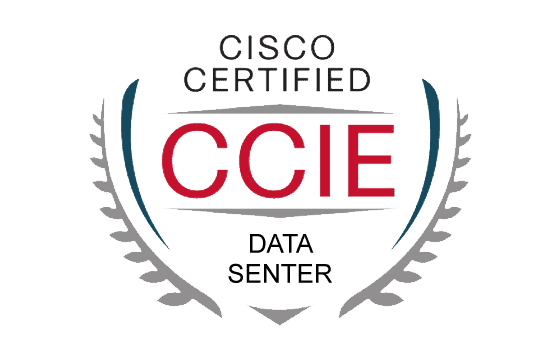
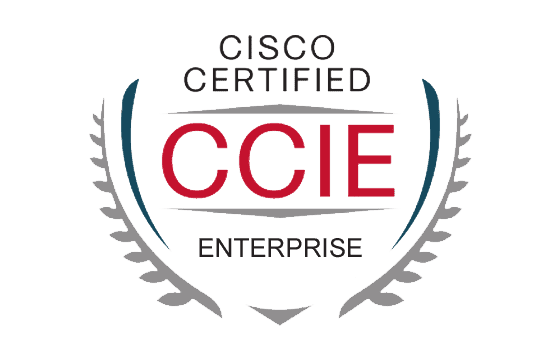

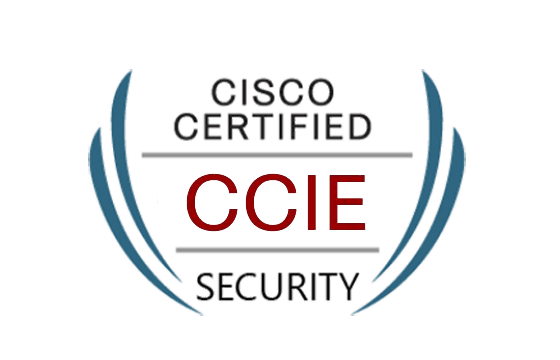
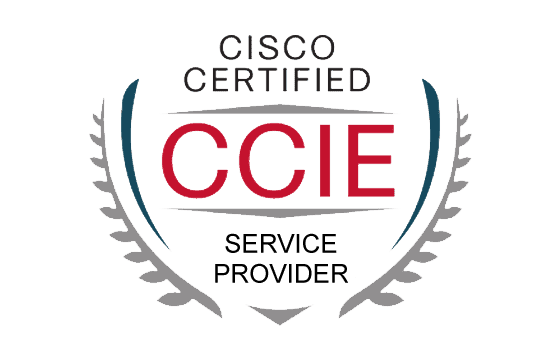

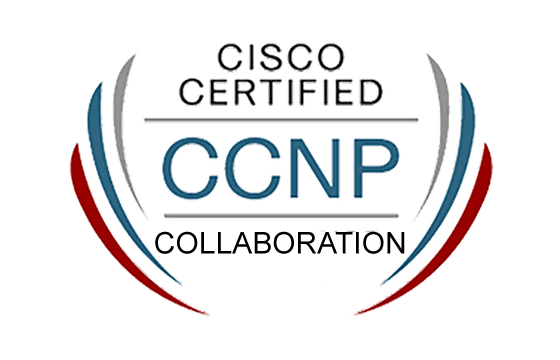
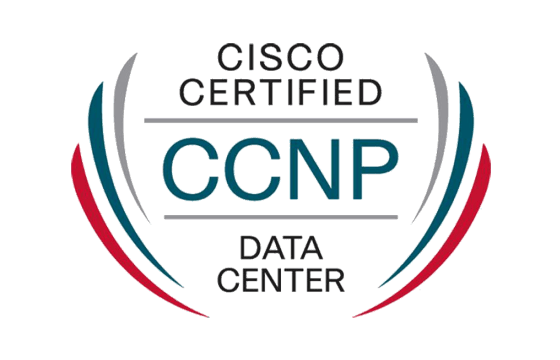
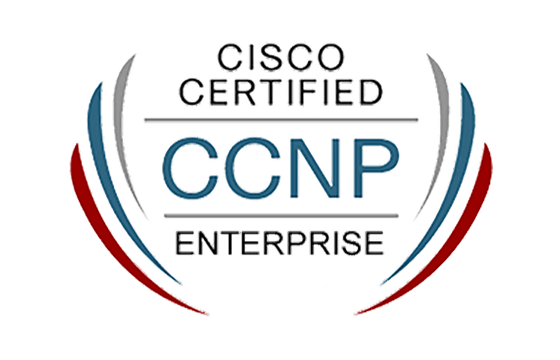
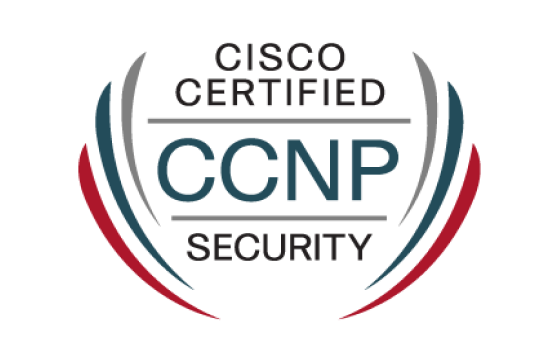
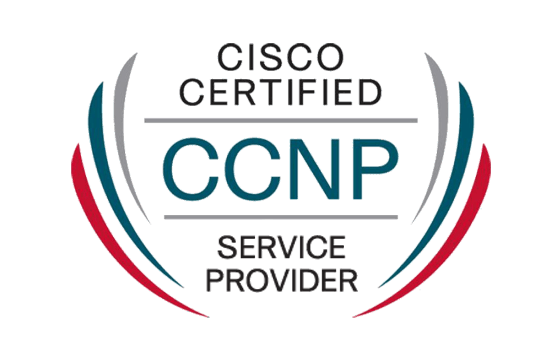

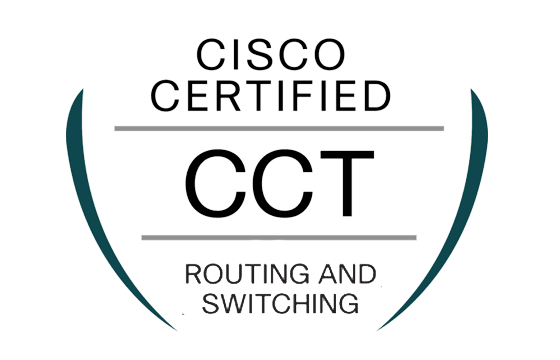

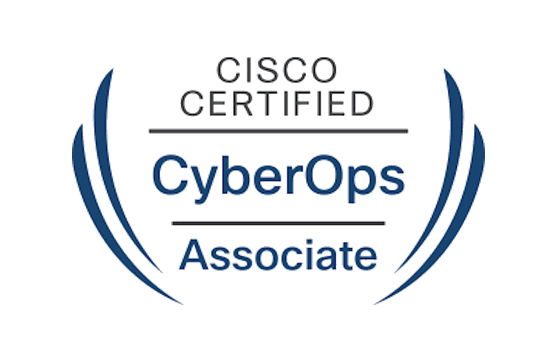
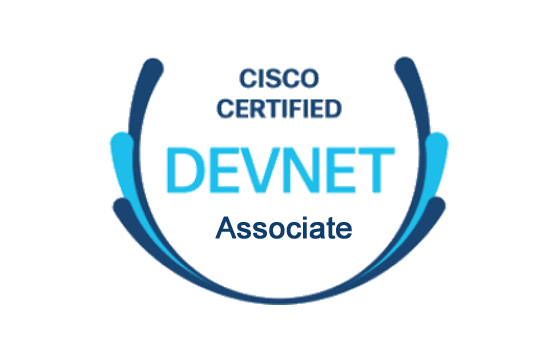
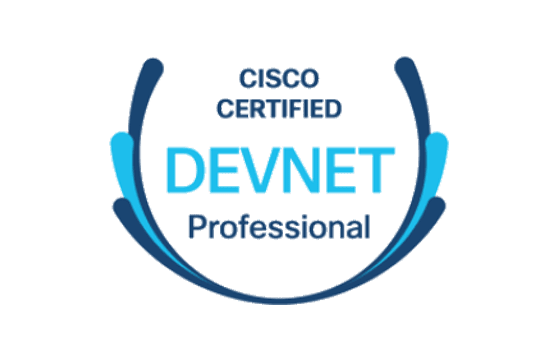



Add Comment
Feel Free to Post Your Comments About EamCollection VCE Files which Include Cisco CCIE Data Center Certification Exam Dumps, Practice Test Questions & Answers.